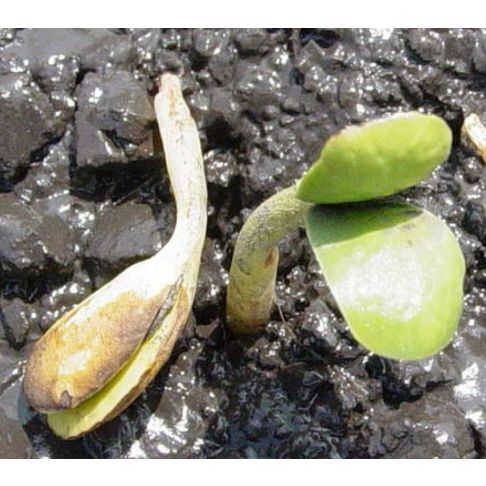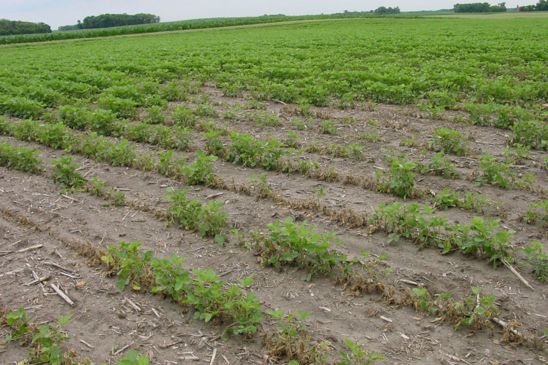Table 1. Summary of seed and seedling disease symptoms*.

*Adapted from: University of Wisconsin Field Crops Plant Pathology - Plant Health Initiative.


Reddish-brown lesion on soybean hypocotyl near the soil line is characteristic of Rhizoctonia infection.

Stand loss due to Rhizoctonia infection. Microenvironments favorable for disease development may lead to losses in patches or in sections of rows.

Dead plant due to Fusarium infection, with healthy plants in background. Less severe infections may degrade roots without resulting in plant death.

Stand loss due to Fusarium infection. Note the patchy nature of infection occurring in a specific area of the field.
May 2018
The foregoing is provided for informational use only. Please contact your Pioneer sales professional for information and suggestions specific to your operation. Product performance is variable and depends on many factors such as moisture and heat stress, soil type, management practices and environmental stress as well as disease and pest pressures. Individual results may vary.

Components under the Pioneer Premium Seed Treatment offering for soybeans are applied at a Pioneer production facility or by an independent sales representative of Pioneer. Not all sales representatives offer treatment services, and costs and other charges may vary. See your Pioneer sales representative for details. Seed treatment offering exclusive to Pioneer and its affiliates.

EverGol® is a registered trademark of Bayer.